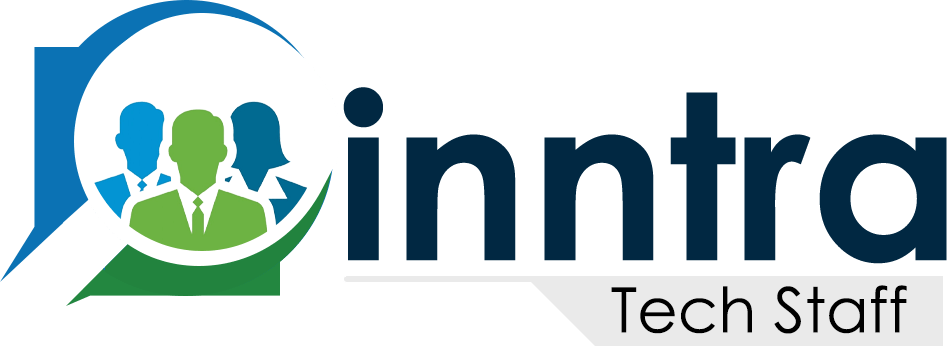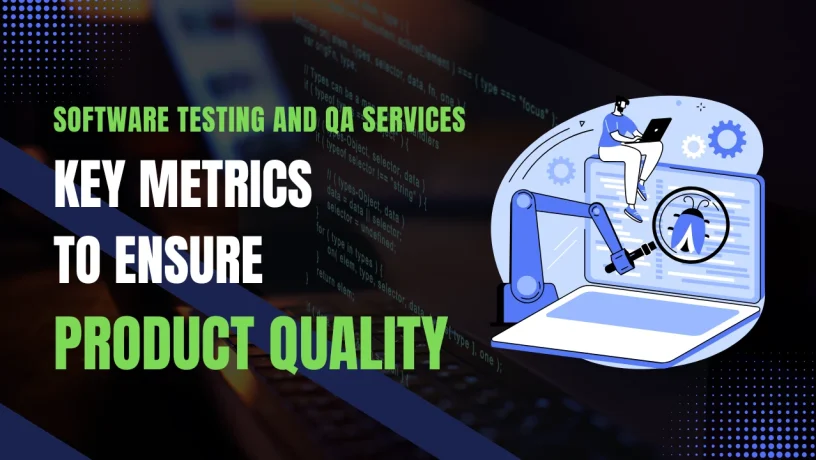Software Testing and QA Services: Key Metrics to Ensure Product Quality
Modern digital product success depends on product quality. Product companies that assume quality without measuring it ultimately trust and pay too much. Software Testing and quality assurance services provide assurances of reliability, security of information, and performance once quality metrics are established, teams that have confidence can move forward expecting their product with the next release will meet expectations, helping support the business goals. Organizations often task quality assurance outsourcing to ensure precision, which creates uniformity in performing tasks consistently and accurately. Why are Software Testing and Quality Metrics in Modern Development? Software delivery has evolved greatly with short release cycles, continuous integration, and AI-augmented coding. When teams react to quality issues, they often reach end customers with unrecognized quality defects faster than expected. Teams with documented quality metrics are able to mitigate risk before others receive the product. Quality metrics show what is needed for leaders to assess the productivity of the team, measure the effectiveness of software testing, and pursue increasing return on technology investment. Metrics dynamically presents perspectives for multiple stakeholders concerning quality metrics. Development managers take note of bug fix cycle times. Product owners/Ops teams carefully take note of defect escape/leakage. Executives want clarity with automation or a business value return on investment. Here is a great advantage: When teams take note of numbers, team members remain accountable for the numbers, and areas requiring improvement can be identified. Companies have created mixed or shared experiences with both in-house teams and external services, while struggling to find organizations with the specialized knowledge that create quality measurement. Software Testing Core Metrics Used to Measure Product Quality Having quality metrics is a good foundation for any testing strategy. Each metric or KPI provides a different perspective of quality. Since all core metrics, considered together, create a fuller picture of completeness and reliability. Successfully outsourcing your digital marketing requires a structured approach. Here’s how to outsource digital marketing effectively: Defect Density Before you even think about looking for an agency, you need to have a crystal-clear understanding of what you want to achieve. Defect density is the number of defects, in relation to the code, including per line of code/module. Defect density allows for identifying instances of high defect clustering module types. If the density is consistently low, this indicates a stable code base that is considered mature. If density signals are high, there should be caused to explore and investigate areas of the product code that are less stable. Defect density allows leaders and decision-makers to have direction for the deployment of testing resources. However, if companies hope to perform further analysis of these metrics, they will often employ software developers who have some experience with measurement frameworks. Escaped Defects Teams discover escaped defects, or defect leakage, in production after release. This metric reflects all weaknesses in testing efforts. A low leakage percentage means end-users rarely find severe problems. Tracking escaped defects becomes necessary when comparing a team’s performance or a vendor’s reliability. If an organization relies on QA outsourcing, it becomes an SLA metric. Test Coverage Coverage metrics measure how much of the functionality and code was tested. There are two measures to care about: code coverage and automation coverage. Code coverage demonstrates the percentage of the source lines that were tested. Indicates the percentage of test cases that run automatically. Both enhance visibility into risk. Heightened coverage ensures the likelihood of undetected bugs is low. Many organizations take advantage of outsourcing software testing services to quickly increase automation coverage. Automation Pass Rate and Stability Automation does not add value unless it is stable. The automation pass rate is the percentage of success in automated tests. Flaky tests waste time or opportunity costs and reduce confidence. Tracking failures indicates a stability risk. The testing must indicate a degree of reporting so that teams can increase reliability before they add to their test cases. A leader hoping for a solid delivery pipeline will typically recruit software developers who understand how to work within automation frameworks. Mean time to Detect & Repair Responsiveness is defined by two timelines: mean time to detect (MTTD) and mean time to repair (MTTR). MTTD indicates how quickly teams identify defects; MTTR indicates how quickly teams fix defects. The shorter both timelines are, the less downtime. These timelines also give an indication of how agile the development and testing teams are performing as a whole. Many organizations rely on QA outsourcing for 24 /7 coverage on projects or initiatives that may be reliant on the exactness of part delivery on a tight schedule. Defect Removal Efficiency Defect removal efficiency (DRE) measures the proportion of defects addressed prior to introduction. A higher DRE number demonstrates that testing found more issues. Good DRE metrics mean some level of testing maturity. Bad DRE metrics indicate known defects are escaping production. Continued improvement requires ongoing review. Many teams are able to improve DRE because they are expanding automation with software testing services vendors. Cycle Time for Fixes Cycle time measures how quickly a team delivers code from commit to production. Cycle time measures how fast testing and fixing defects are performed. A shorter cycle demonstrates to the business that teams can be responsive. A longer cycle indicates bottlenecks somewhere in QA or development. Businesses that are looking to deliver faster are usually going to hire software developers who specialize in DevOps and continuous testing. ROI of Automation in Software Testing Companies invest in tools, infrastructure, and skilled testers to establish ROI and prove the value of automation. Volume per defect, total time savings, and productivity gains to demonstrate the ROI of automation. Executives review those numbers to allocate the budget effectively. Companies looking to baseline and minimize cost usually leverage QA outsourcing to stretch their dollar on automating. Mapping Metrics to Stakeholders Different roles value different numbers. QA managers care about pass rate and coverage, Development managers care about cycle time and defect density, Product owners care about escaped defects, Executives care about the overall ROI of their




